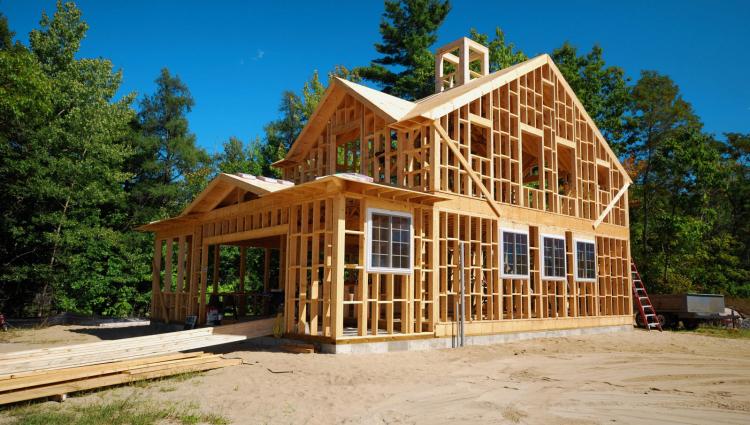This morning, the Pritzker Prize jury bestowed architecture’s highest honor on Yvonne Farrell and Shelley McNamara of Dublin’s Grafton Architects—the fourth and fifth women in history to receive the award.
“[Farrell and McNamara] demonstrate incredible strength in their architecture, show deep relation to the local situation in all regards, establish different responses to each commission while maintaining the honesty of their work, and exceed the requirements of the field through responsibility and community,” say Tom Pritzker, chairman of the Hyatt Foundation which sponsors the awards.
Ireland’s Yvonne Farrell and Shelley McNamara of Grafton Architects are the 47th and 48th laureates of the Pritzker Prize, and the fourth and fifth women to receive the award.
At the Institut Mines-Télécom in Paris, France, rhythmic baffles allow light to pour through large windows and into the concrete structure.
Open spaces, glass walls, and exposed ceilings allow natural light to filter throughout the university.
The first Pritzker Prize laureate was Philip Johnson—known for public libraries, gardens, museums, and Connecticut’s Glass House—and in the years since, the honor has gone mostly to men.
Farrell and McNamara are the 47th and 48th laureates of the award (often regarded as the “Nobel Prize of architecture”), which is meant to to raise public awareness of the significance of buildings and to inspire creativity among those in the field.
“They have tried, with considerable success, to help us all overcome what is likely to evermore become a serious human problem,” explains Justice Stephen Breyer, the Pritzker Prize jury chair. “Namely, how do we build housing and workplaces in a world with over half of its population dwelling in urban environments, and many of them who cannot afford luxury?”
The Town House Building at Kingston University in London appears massive, but it maintains a human scale to create intimate environments.
Université Toulouse in France is encased in locally quarried concrete and stone.
In a career spanning more than 40 years (Farrell and McNamara entered the field just one year prior to the Pritzker’s inaugural year), they’ve addressed this question with site-specific and culturally sensitive buildings in Ireland, the UK, France, Italy, and Peru.
The School of Economics in Toulouse, France, is built from locally quarried concrete and stone, and its design elements—like brick buttresses, ramps, and courtyards—are a metaphor for the city in which it stands. North King Street Housing, in their hometown of Dublin, Ireland, eschews ornament to align with the restrained form of the neighboring warehouses.
The Urban Institute of Ireland is just one example of Farrell and McNamara’s “unceasing commitment to excellence in architecture, their responsible attitude toward the environment, their ability to be cosmopolitan while embracing the uniqueness of each place in which they work,” according to the Pritzker jury.
UTEC Lima in Peru responds to the difficult site on which it’s built—on one side is a sunken highway, and on the other is a neighborhood.
An aerial view of the university in Peru shows the challenging landscape.
“What we try to do in our work is to be aware of the various levels of citizenship and try to find an architecture that deals with overlap, that heightens your relationship to one another,” says Farrell. McNamara continues, “Architecture is a framework for human life. It anchors us and connects us to the world in a way which possibly no other space-making discipline can.”
Pritzker Prize winners receive $100,000, a bronze medallion, and a lifetime of recognition. Farrell and McNamara have joined an impressive list of laureates, among them Shigeru Ban, Zaha Hadid, Frank Gehry, Rem Koolhaas, Jean Nouvel, and Tadao Ando.
“To be an architect is an enormous privilege. To win this prize is a wonderful endorsement of our belief in architecture,” says Farrell. “Thank you for this great honor.”
Related Reading:
Inside the Visionary Buildings of 2019 Pritzker Prize-Winner Arata Isozaki
Chilean Architect Alejandro Aravena Wins the Pritzker Prize







